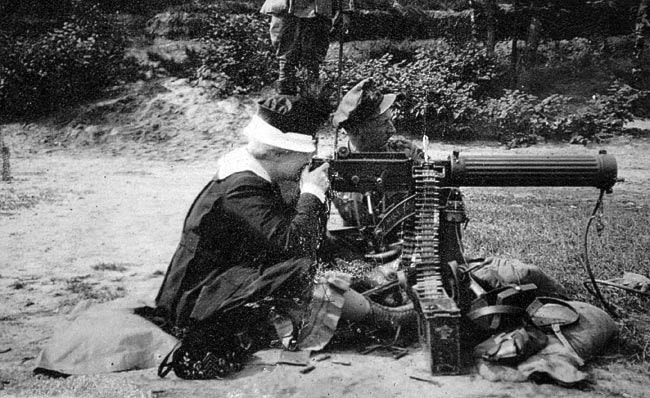Yukon’s premier is making a push to feature one of the Klondike Gold Rush’s pioneers on Canadian banknotes.
Darrell Pasloski wrote a letter to Stephen Poloz, governor of the Bank of Canada, in which he suggests that Martha Black’s accomplishments “make her a strong candidate for portrayal on our Canadian banknotes.”
Pasloski’s letter comes on the heels of comments Finance Minister Bill Morneau made last month about being open to adding a famous woman, or women, to Canadian banknotes.
“The Bank of Canada regularly does consultations on the people and the pictures that are on our banknotes,” Morneau told reporters in Toronto on Jan. 13.
“I can say that I would be strongly supportive of a recommendation from the Bank of Canada to put an iconic woman or women on the banknote.”
In his letter, Pasloski describes Black as a “staunch champion for the territory,” a “trailblazer” and a prominent figure in Yukon’s history.
He said her influence in shaping the course of events in the territory, as well as her passion for the Yukon, make her a strong candidate for portrayal on Canadian banknotes.
Born in 1866, Martha Black immigrated to Canada in 1898 and crossed the Chilkoot Pass that year with her brother George.
They staked gold mining claims to make a living and Black opened a successful sawmill before marrying her second husband, George Black, who would eventually become the seventh commissioner of the Yukon in 1912.
Pasloski wrote that Black dedicated herself to Yukon’s citizens and opened the doors to the commissioner’s residence in Dawson City to anyone, regardless of their social standing, earning her the nickname “Yukon’s First Lady.”
She accompanied her husband to England during the First World War, where she visited wounded soldiers, served with the Red Cross and lectured about the Yukon.
Black had taken Red Cross training in Victoria before leaving, and became the unofficial nurse for the 1,500 soldiers on board the converted ocean liner on the trans-Atlantic trip to England, according to local historian Michael Gates.
In 1935, at the age of 69, she became the second woman elected to Parliament, and the first foreign-born woman elected into the House of Commons.
She published an autobiography, My Seventy Years, in 1938.
She was awarded the Order of the British Empire for her contributions to Yukon servicemen, and was made a Fellow of the Royal Geographic Society.
She died in Whitehorse on Oct. 31, 1957 at the age of 91.
“Beyond commemorating an outstanding Canadian, I believe that featuring her on Canadian banknotes would give all Canadians the opportunity to appreciate the importance of individuals like Martha and the important role women have played in shaping our country and the North,” Pasloski wrote.
An online petition calling for the Bank of Canada to add women from Canadian history to banknotes has over 72,000 signatures.
Contact Myles Dolphin at
myles@yukon-news.com
